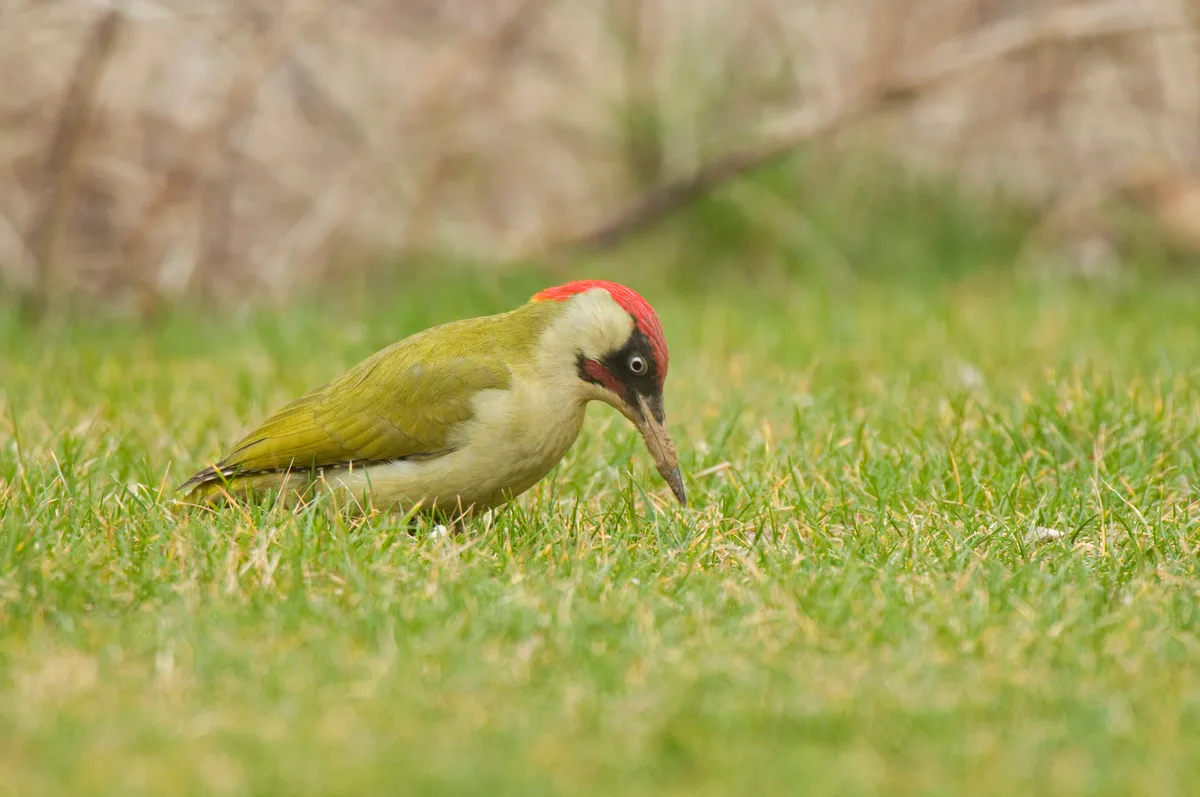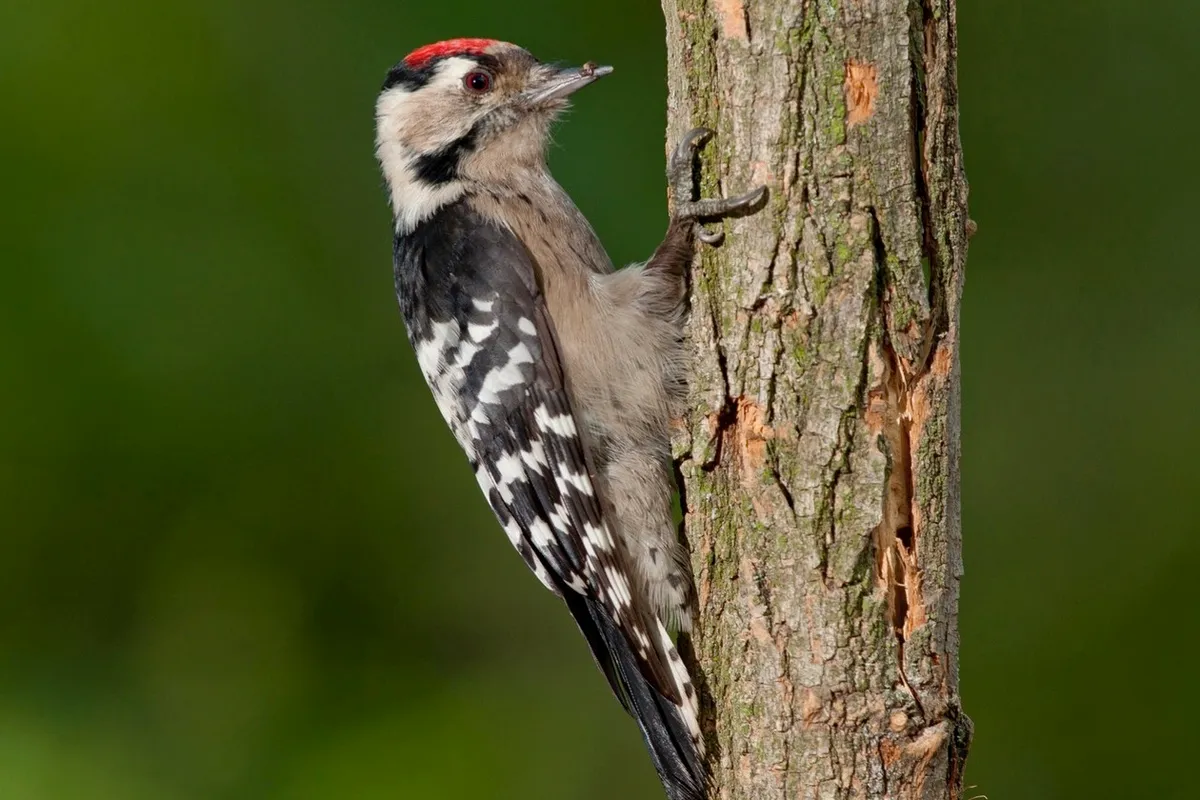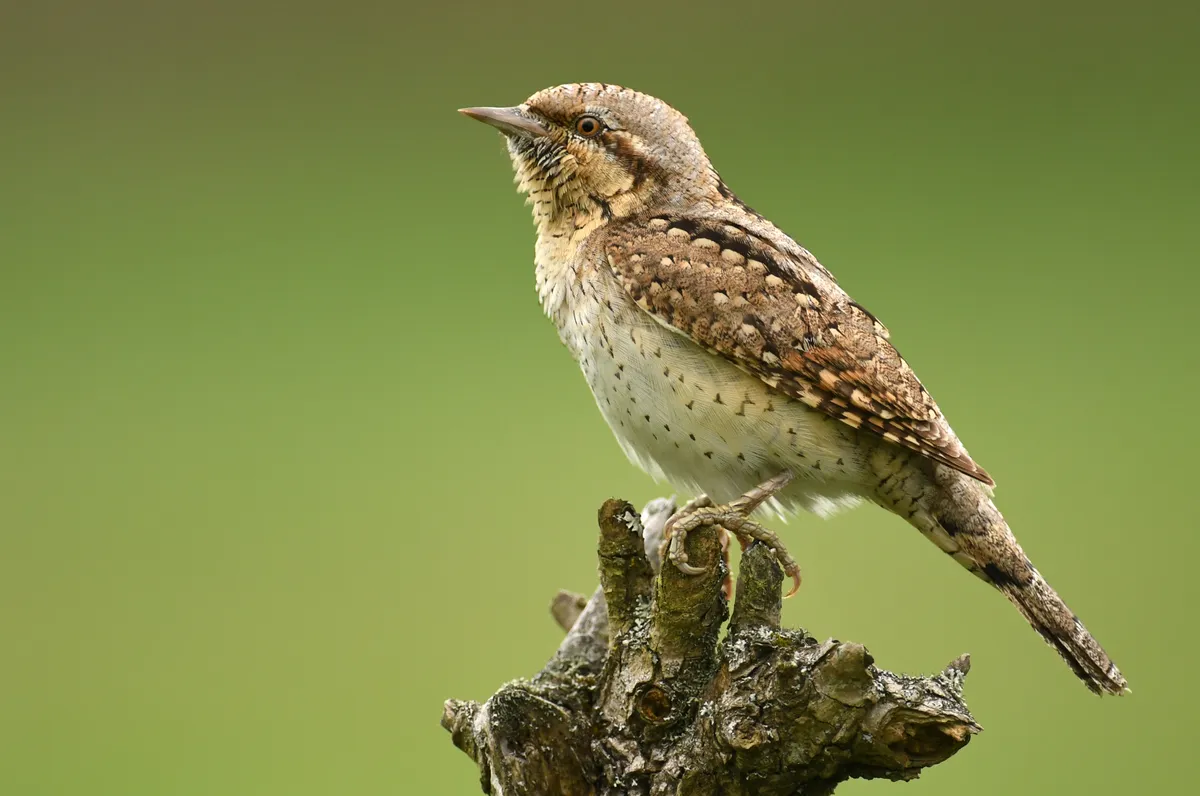Woodland sounds come in many forms; the creaking and rubbing of trees against themselves; the rustle of a roe deer's hoof in the leaf litter; the tittering and chirruping of small forest birds. But one of the most distinctive sounds must be that of a woodpecker drumming its pointed bill against the trunk of a tree.
Less obvious amid the chorus of other woodland birds, though still distinctive, are the calls of Britain's woodpecker species.
So now you know they're there. But seeing them is another matter. If you're lucky enough to spot one, your next challenge is to identify them. Here's how to tell Britain's woodpeckers apart.
Looking for more information about Britain's birds? Check out our guides to ducks, rails and finches.
Best forests and woodlands to visit in the UK
Discover a forest near you with our guide to the most spectacular forests and woodlands to visit in England, Wales, Scotland and Northern Ireland.

What does a woodpecker look like?
A woodpecker is a medium-sized bird with distinctive colouration, a pointed bill, round head, long tongue and stiff tail. Woodpecker species tend to have a long, bouncing flight.
How many species of woodpecker are there in the UK?
There are three species of woodpecker in the UK and one species of wryneck (a group of small Old World woodpeckers), which appears as a passage migrant in spring and autumn. Worldwide, there are more than 200 species of woodpecker and just two species of wryneck.

What does a woodpecker sound like?
Woodpeckers can be heard drumming in early spring. It's at this time of year that their calls are also most pronounced. Great spotted woodpeckers produce sharp 'kik' calls, sometimes in quick succession. Lesser spotted woodpeckers have similar 'kit' calls, though a little softer than the great spotted woodpeckers. Green woodpeckers have a loud, 'laughing' call.
When is the best time to see woodpeckers?
Late winter is an excellent time to go woodpecker spotting – with fewer leaves on the trees, they are more visible and their drumming reverberates through stark woodlands.
Spring is when woodpeckers are at their most vocal, making it an excellent time to visit your local woodland in search of their drums and calls.
Types of woodpecker
Green woodpecker
Picus viridis

With its red crown and green-yellow body, this species is often mistaken for an escaped parrot. Though it nests in woods, it tends to forage in parkland and meadows where it probes anthills to eat ants and their larvae. Laughing, shrieking call – known as the ‘yaffle’.
Great spotted woodpecker
Dendrocopos major

Largely black and white with flashes of red on the back of its head and rear, this is the size of a blackbird. Its bursts of drumming in spring are a courtship call. Its emits a high pitched ‘kik’ sound and has distinctive undulating flight. Of the four, it’s most likely to visit garden birdfeeders.
Lesser spotted woodpecker
Dendrocopos minor

This tiny sparrow-sized bird is now extremely scarce in the UK, and even harder to see as it lives high among the outer twigs of trees. It lacks the great spotted’s white shoulder patches and drums much faster – 15 blows a second compared to the 8-10 of its larger cousin.
Wryneck
Jynx torquilla

This tiny mottled brown woodpecker is extinct as a breeding bird in Britain but still appears on passage in spring and autumn – especially in gardens. It hunts ants and, unlike other woodpeckers, lives mainly on the ground.

